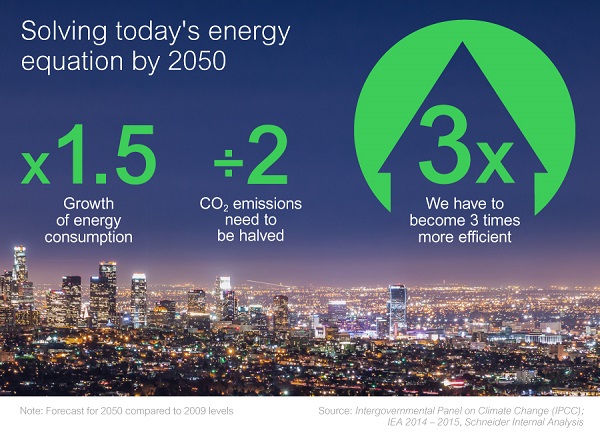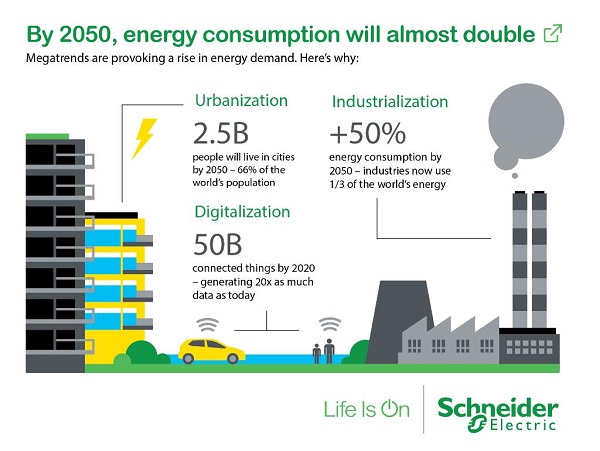Meeting the sustainability goals set by management can become an uphill task if you don’t have the right tools and partners.
According to a Gartner study, global spending on data center infrastructure will increase by 6% this year. Given that data centers represent 1% of global electricity use, operators of these types of companies will face the complex challenge of meeting their needs to expand their capacity and, at the same time, reduce emissions, according to the objectives established by their executive directors.

To advance the sustainability race, they will need to focus on reducing Scope 1 carbon emissions, which are generated directly from day-to-day data center operations, and Scope 2 greenhouse gases, which are the result of the production of electricity that is purchased and consumed. However, even more efficiencies can be achieved by targeting Scope 3 emissions (also called value chain emissions) that are generated from partners and suppliers.
Scope 3 Emissions – How to manage to achieve sustainability goals
Scope 3 emissions are produced from sources that the company does not own or control, for example, emissions generated by suppliers, commuting employees to work, business trips and disposal of waste in landfills.

Just as data center operators set new benchmarks in efficiency within the data center, they must also strategize on how to manage their Scope 3 emissions to be more sustainable and respond to management’s sustainability goals. These efforts have the added benefits of revealing supply chain cost savings, providing a margin advantage, and increasing adoption.
Scope 3 emissions – Schneider Electric paves the way
Schneider Electric (SE is a leader in the digital transformation of energy management and automation.

They are recognized in the Corporate Knights ranking as the number one company in its annual index of “the 100 most sustainable corporations in the world,” says 5 steps data center operators should consider to reduce Scope 3 emissions:
- Identify the size of your supply chain carbon emissions, establish decarbonization programs and targets, and engage with partners that support those initiatives.
- Determine a baseline for your supplier’s carbon footprint. Develop strategies to engage suppliers in understanding their options for reducing carbon emissions.
- Develop strategies that involve and evaluate your suppliers and partners on the use of renewable energy. Suppliers must take advantage of renewable energy when manufacturing data center construction products or providing products and services.
- Support your supply chain in the implementation of efficient designs in the use of resources. These designs are the result of a product life cycle analysis that measures the carbon and ecological impact of extracting materials from natural resources and disposing of end-of-life product materials in a wasteful manner. Manufacturers develop designs to use recycled materials and reduce water use during manufacturing.
- Make sure your suppliers accept and recycle your products when they reach the end of their useful life. Your suppliers and other lines of business in the economy can reuse them in new products.
Today, many organizations, with the help of Schneider Electric, have made significant improvements to their sustainability programs and reaped long-term rewards.
